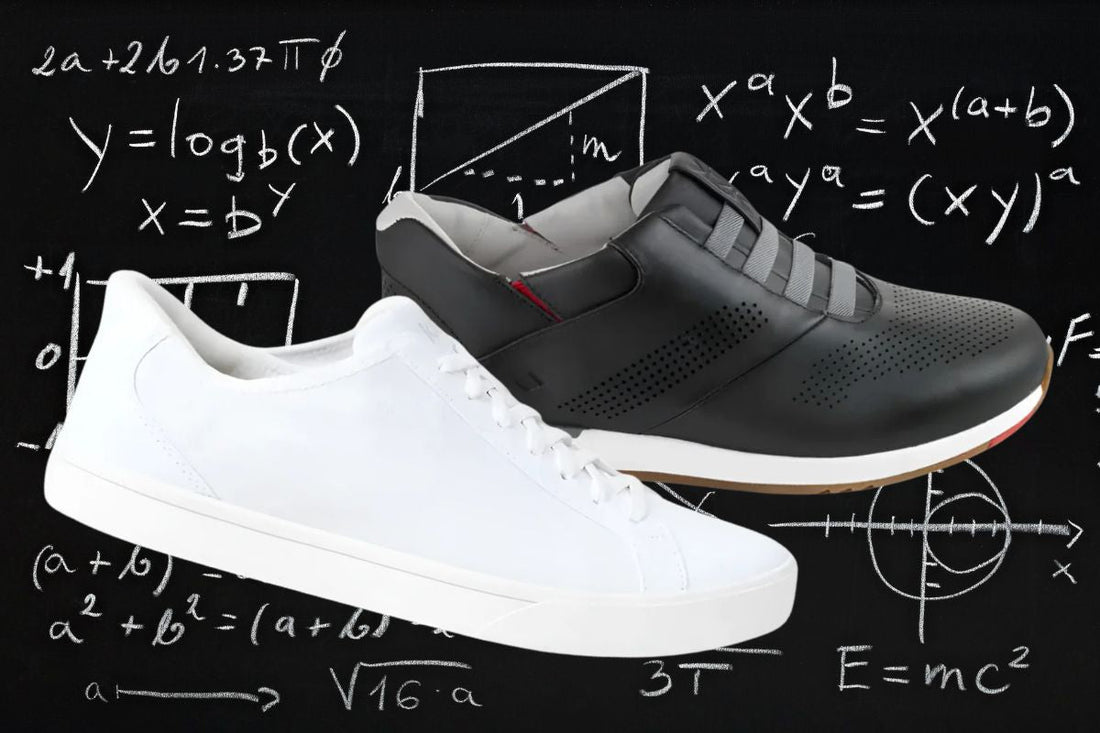
The Science Behind Hands-Free Shoes
Share
In recent years, hands-free shoes have emerged as a game-changer in the footwear industry, offering convenience, accessibility, and cutting-edge design. But beyond their ease of use, what makes hands-free shoes function so effectively? The answer lies in the science of biomechanics, material engineering, and innovative design principles that allow these shoes to be put on and taken off without bending down or using hands.
Biomechanics: How Hands-Free Shoes Work with Your Foot
Hands-free shoes are designed to accommodate the natural motion of the foot when stepping in and out. The key biomechanical factors involved include:
-
Heel Pivot Technology – Many hands-free shoes use a pivoting heel mechanism that collapses slightly when pressure is applied and then snaps back into place. This allows the foot to slide in effortlessly while ensuring the shoe remains securely on once worn.
-
Energy Return Systems – Some designs incorporate energy-returning components that provide resistance when stepping in, ensuring a snug fit while allowing the shoe to flex when needed.
-
Foot Entry Angles – Engineers carefully calculate the angle at which the foot naturally slides into a shoe to minimize friction and maximize ease of use. The slope of the insole and the rigidity of the heel counter both play a role in making hands-free entry seamless.
Material Innovation: Strength and Flexibility in Perfect Balance
Hands-free shoes require a balance between flexibility and structure to remain supportive while allowing effortless entry and removal. This is achieved through:
-
Shape-Memory Materials – Many hands-free shoes incorporate shape-memory polymers or metals that flex when needed but return to their original form. These materials help maintain the shoe’s structure over time while allowing for repeated use.
-
Lightweight Foam Cushioning – Midsole foams, such as EVA (ethylene vinyl acetate) or proprietary blends, offer a balance of softness and responsiveness, reducing impact on the joints while maintaining durability.
-
Adaptive Uppers – Stretchable, breathable fabrics such as engineered mesh or knit uppers conform to the foot’s shape while providing enough structure to keep the shoe in place.
Secure Fit: Preventing Slippage and Enhancing Stability
One of the biggest challenges in designing hands-free shoes is ensuring they stay securely on the foot without the need for laces or straps. This is achieved through:
-
Internal Grip Technology – Some models use ridged linings or silicone grips within the heel area to create slight friction, preventing unwanted slipping.
-
Ergonomic Heel Cups – A well-structured heel cup cradles the foot, ensuring a locked-in fit without requiring excessive pressure.
-
Motion-Adaptive Outsoles – The sole design includes flex grooves and strategic traction patterns that enhance stability when walking or running.
The Future of Hands-Free Footwear
As technology advances, we can expect even more innovations in hands-free shoes. Features such as smart adaptive fits, pressure-sensitive cushioning, and AI-driven customization could make these shoes even more efficient and comfortable.
The combination of biomechanics, material science, and thoughtful design makes hands-free shoes more than just a convenient alternative—they are a breakthrough in accessible and ergonomic footwear. Whether for individuals with mobility challenges or those simply seeking ease and efficiency, hands-free shoes represent the future of effortless movement.